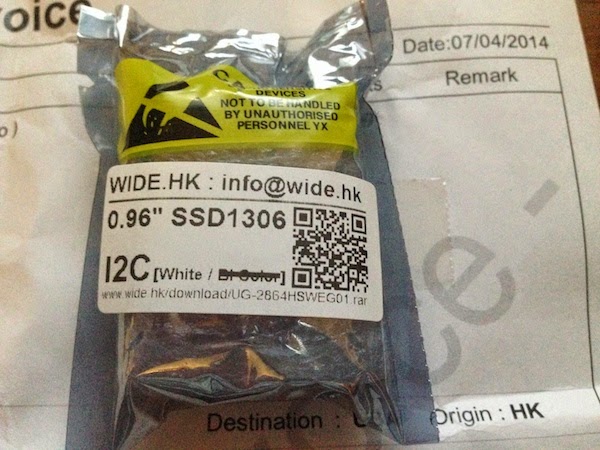This is a stepping stone tutorial, and comes after first learning to measure PH, you should review this tutorial first.
For my own purposes I do want the arduino to show ph on a screen, without it being connected to a computer. This is the way I went about it.
For my own purposes I do want the arduino to show ph on a screen, without it being connected to a computer. This is the way I went about it.
The LCD I got is a "I2C 0.96" OLED display (for Arduino /PIC /AVR ) Blue/Yellow color" from the ebay seller "wide.hk."
So I soldered some 2.54mm pitch pin headers to the lcd, then super glued it to the back of the ph module.
I then connected and soldered the SDA, SCL, VCC, GND pins of the lcd to the SDA, SCL, VCC, and GND pads on the ph module.
I should note that I only used dupont cables because I had already soldered headers. If I was going to do it again I would just solder wires to both ends. Also, the area I applied the superglue to was the inductor.
So connect the SDA,SCL,VCC,GND pins of the ph module to your Arduino. After that, load up this code through the arduino IDE:
https://gist.github.com/rezahussain/11128896
Follow the same calibration instructions as in the previous tutorial and now your arduino will display the ph on a screen.


















